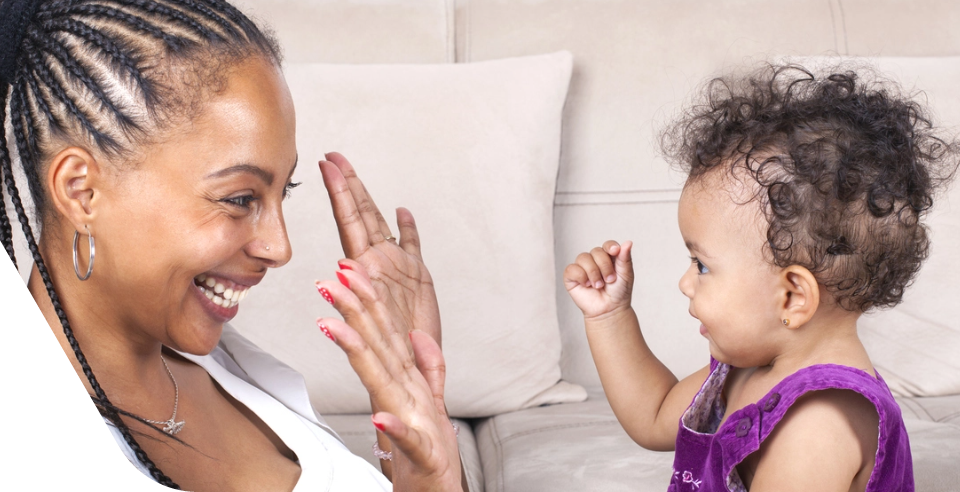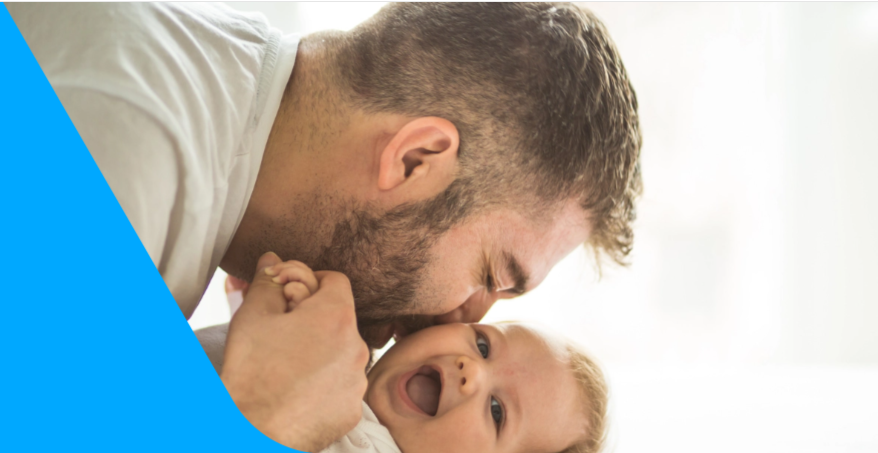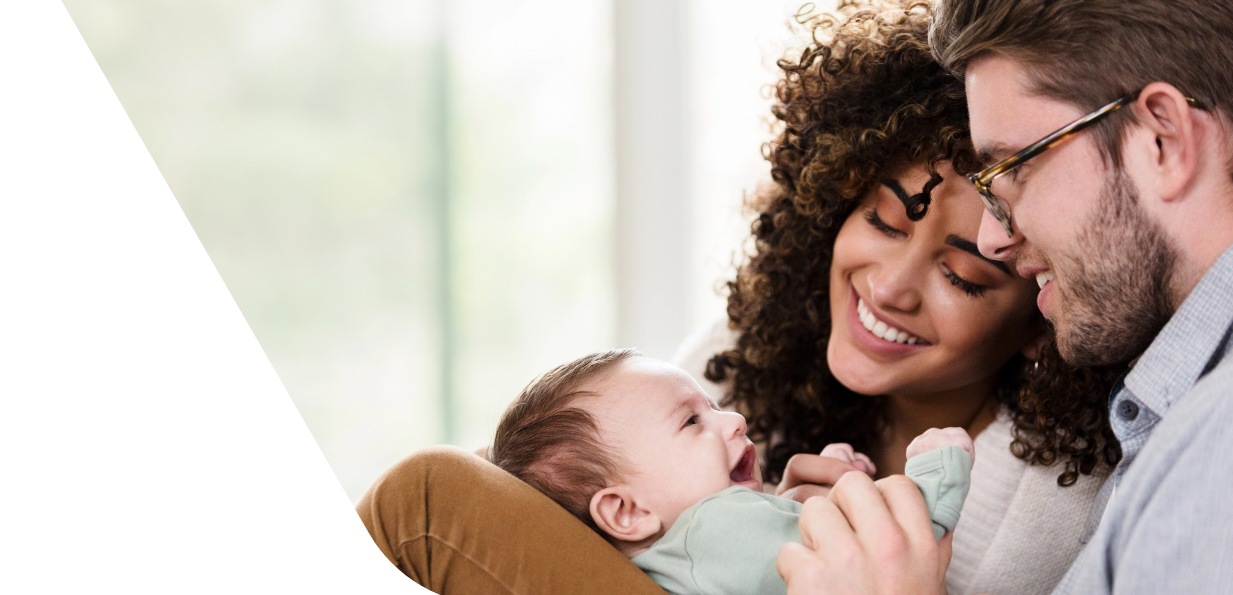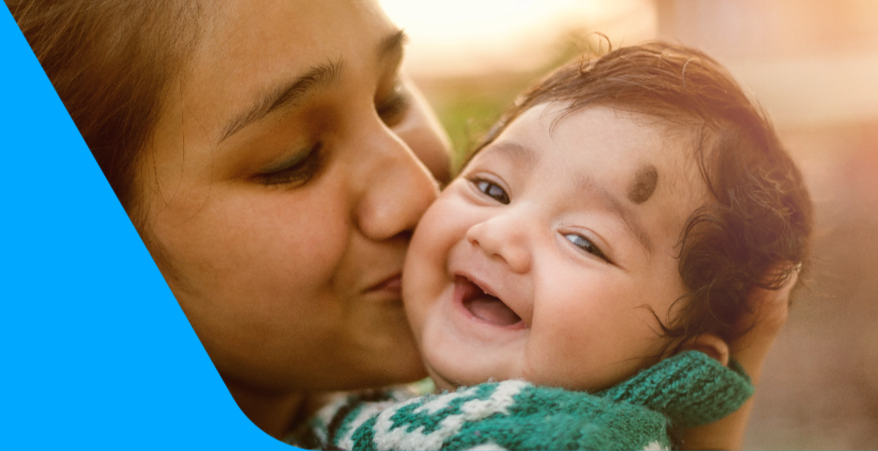Most parents find it cute as a button to watch their baby wave good-bye. You should, in fact, feel reassured by that simple action—and excited about what it means for future learning. Babies use gesturing (waving good-bye, pointing, shaking their head “no,” clapping) to communicate before and while they’re mastering speech. Researchers are discovering that gestures reveal a great deal about a child’s language development.
Baby Development and Gesturing
A recent study at the University of Chicago, which followed two groups of children for four years, gave great insight into the power of baby gestures. One group, ranging in age from 14 months to almost 5 years, represented normal, healthy learners. The children in the other group had had a brain injury at or before birth. Researchers videotaped the children interacting with their mothers and analyzed both the parent’s and child’s spoken and gestural communications.
The study, reported in American Psychologist in 2014, led to two interesting takeaways:
- Tracking early gestures has the potential to serve as a diagnostic tool to identify children at risk for language delay. Using gestures reveals that a child can communicate, understand, and respond to language. It can be viewed as a red flag if a child doesn’t use gestures.
- Encouraging children to gesture at very early ages has the potential to increase the size of their spoken vocabularies by the time they enter school.
Other research has also found that gesturing is part of a child’s earliest language development.
What Baby Gestures Can Mean for You
Here’s how those research insights can help guide your interactions with your baby:
Watch for your baby’s gestures.
Just as you track such milestones as sitting up and rolling over, notice whether and how she uses her hands to communicate. By 12 months, your baby should be able to point or shake her head, for example.
Use gestures yourself.
For instance, point to your nose and say, “Ma ma’s nose.” Or point to a baby bottle and ask, “What’s that?” Your baby learns to connect the gesture with finding out information. Pointing is the first gesture babies develop, during the first year of life.
Recognize that gesturing is different than signing.
Gestures are the spontaneous movements all babies make as part of their development. Signs (as in sign language) are gestures that can be taught to a baby to help her communicate (like “more”). Signing is linked to reducing a baby’s frustration and greater parent responsiveness, rather than to earlier language development.
Talk to your baby often.
Gesturing isn’t the whole story. Children benefit greatly from being exposed to lots of spoken words from birth. Describe your day, point out objects and people, talk about the meal you’re preparing, sing songs, and read.
Report concerns promptly.
If you feel your baby isn’t using a lot of the gesturing that appears on milestone charts, or if you have any concerns about language development or hearing, it’s a good idea to express your concerns to your doctor.








